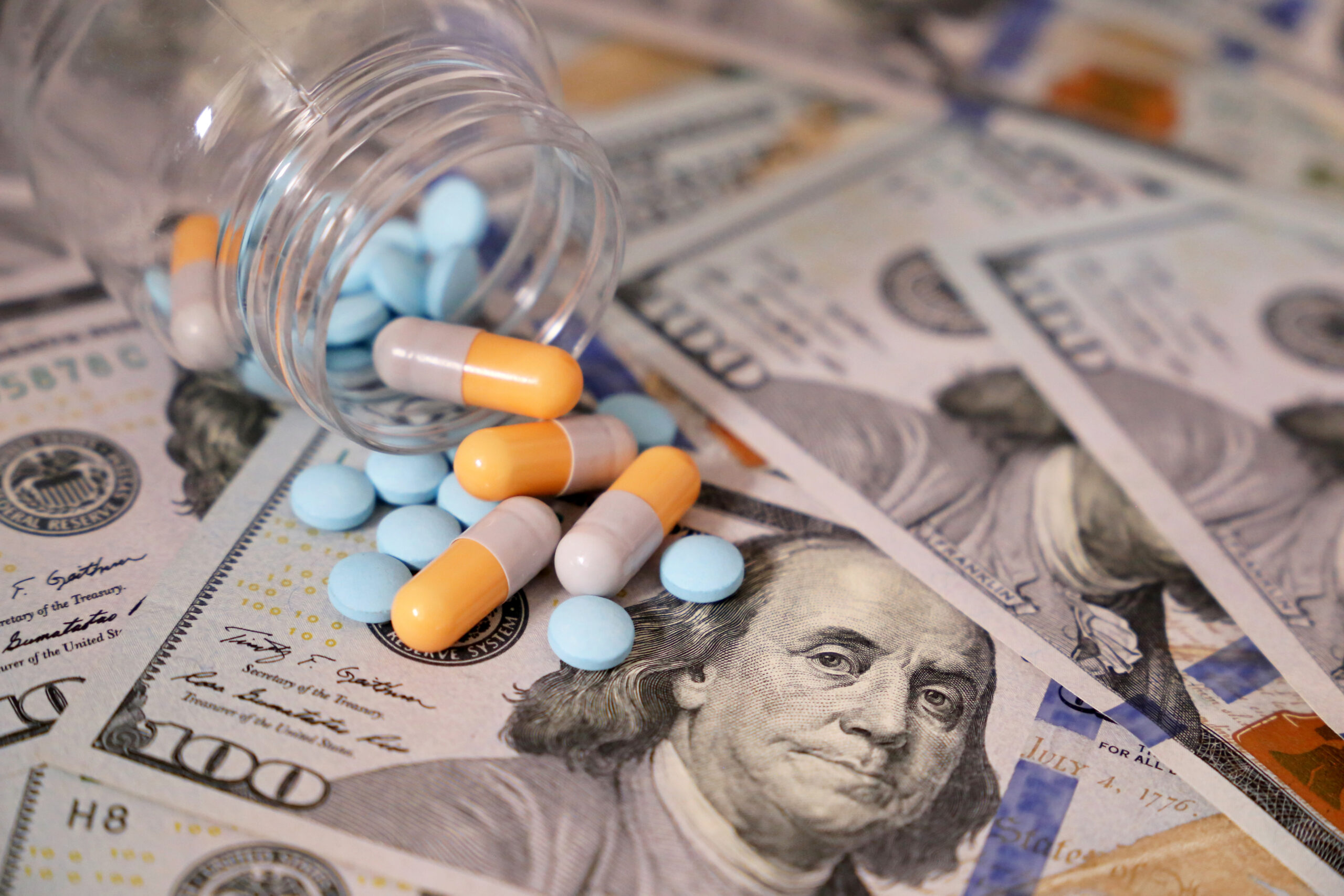What Can Employers Do About High Drug Costs?

What Can Employers Do About High Drug Costs?
Which of your employer-sponsored health plan costs cause you the most headaches?
If you’re like 60% of the employers surveyed by the National Alliance of Healthcare Purchaser Coalitions, it’s the rising cost of prescription drugs.
A study by the Rand Corporation in 2021 found that drugs cost an average 256% more in the U.S. compared to 32 other countries. One such example of a high-cost drug is Zolgensma, a one-time curative therapy for spinal muscular atrophy, a rare genetic disorder that weakens muscles and can be fatal. A single treatment costs $2.1 million and may not be covered by insurance.
The reasons for high prescription drug costs are numerous and include:
The costs of subsidizing research and development to make new drugs are figured into the cost of a drug. The pharmaceutical industry estimates that it costs about $2.6 billion to develop a new drug.
Monopoly pricing power is used by pharmaceutical companies with drug patents and exclusive rights to price and sell their drugs for maximum profit.
Medicare, the federal health insurance program for Americans 65 and older and those with certain disabilities, is the largest single payer for prescription drugs. Medicare is banned from negotiating drug prices sold through Medicare and cannot create a national Medicare formulary.
Middlemen, which include health insurance companies, pharmacy benefit managers, wholesale pharmacies and retail pharmacies, also increase prices to cover their costs and make a profit.
Patent “games,” sometimes referred to as “evergreening,” “pay-for-delay” or “withholding ingredients,” is when a drug company makes a small change to a patented drug in order to maintain its monopoly and control the price.
Sometimes a company will make a payfor- delay deal to a generic drug company to postpone launching a competing, less expensive generic version.
Generic drugs are usually less expensive than brand name drugs, but sometimes, if there are few competitors, they can be more expensive than the name brand.
The U.S. does not regulate the drug prices to the extent found in other high-income countries.
Employer Solutions
There are a few things you can do to lower prescription drugs costs.
Use Pharmacy benefit managers. PBMs negotiate discounts and rebates with manufacturers for the drugs they provide to pharmacies, doctors and hospitals. When it works, patients get lower costs, but some PBMs don’t pass the discounts on to patients. Employers are working to change the agreements with their PBMs to reduce waste and fraud and implement more effective strategies.
Promote Preventative Care. The Centers for Disease Control and Prevention (CDC) reports that 75% of health care spending is due to chronic diseases that could be avoided by preventative care services. That is why three-quarters of employers offer a wellness benefit program. A Harvard University study estimates that for every dollar spent on a wellness program, healthcare costs can be lowered by $3.27. Another $2.73 could be saved in reduced absenteeism.
Emphasize the value of generic drugs. Generic drugs approved by The U.S. Food and Drug Administration have met the same rigid standards as brand name drugs. According to GoodRX Health, generic medications typically cost about 80 to 85% less than the same brand name drugs.
© 2022 SmartsPro publishing. All rights reserved.







